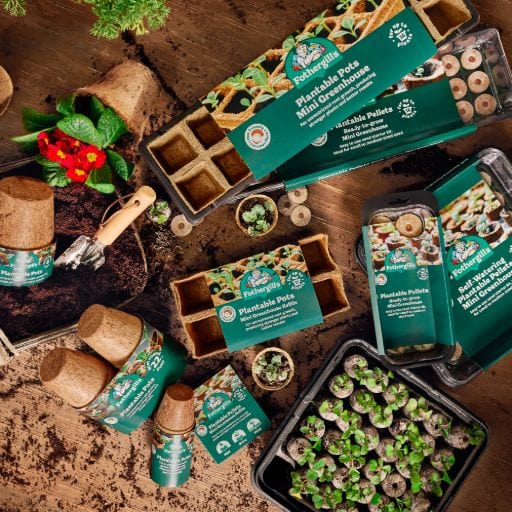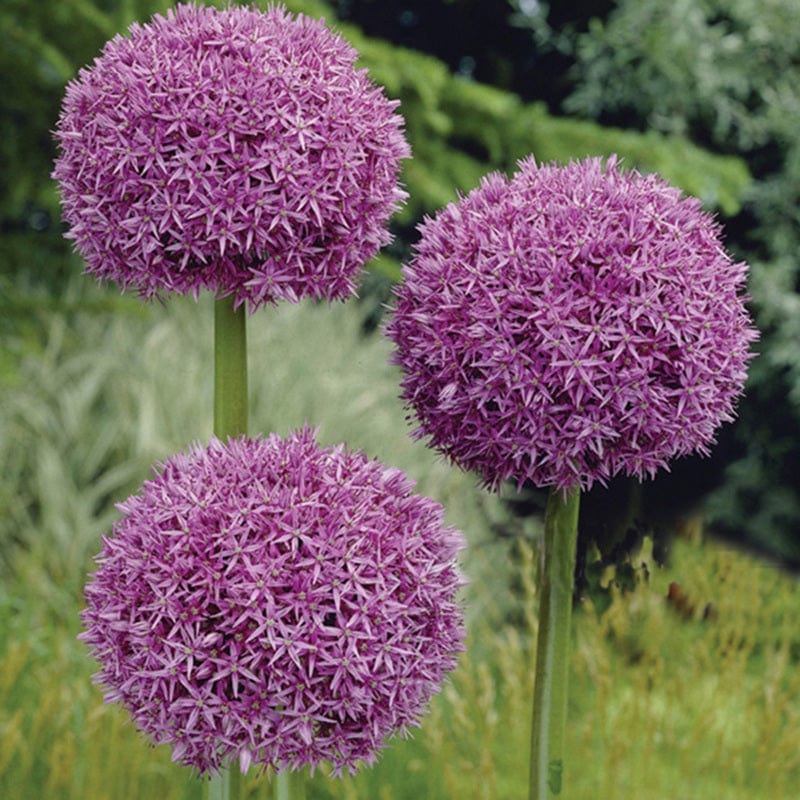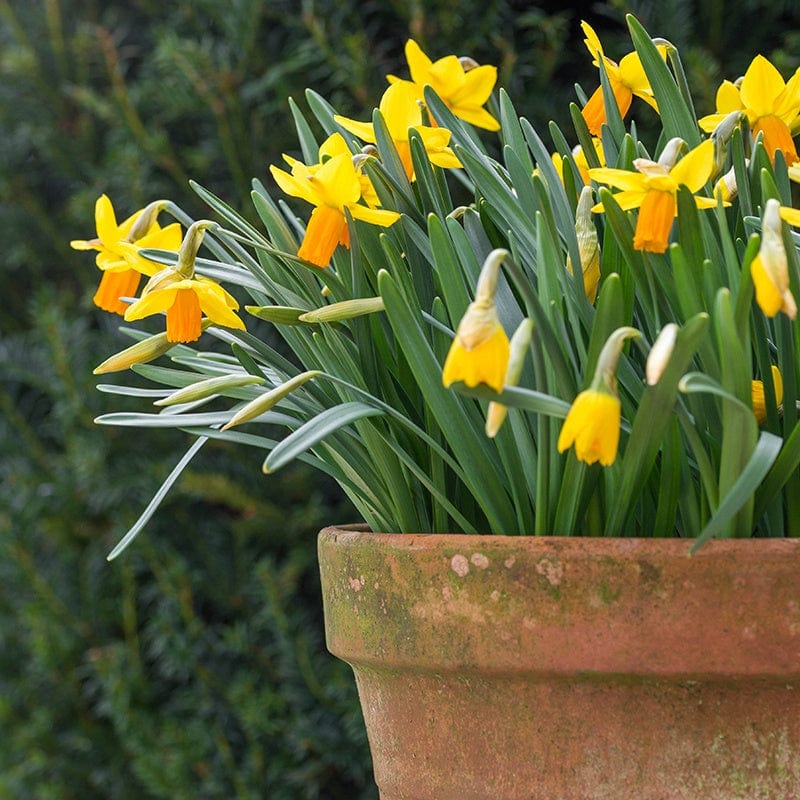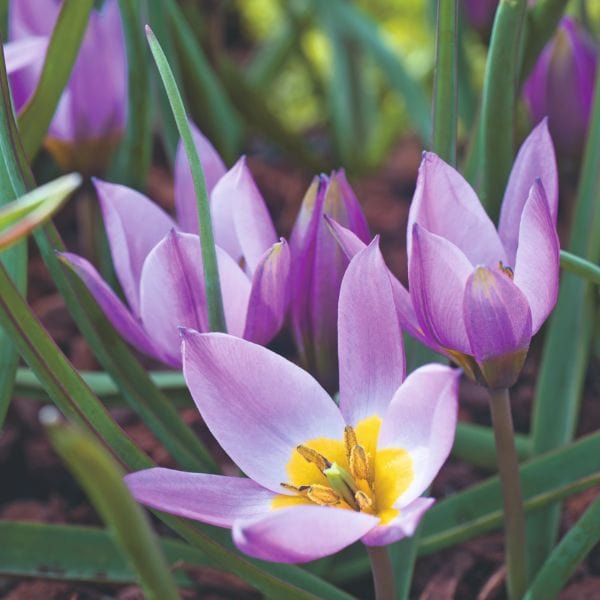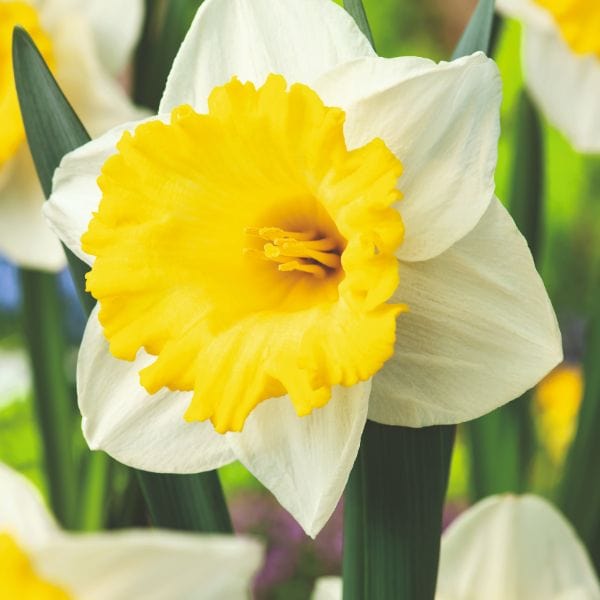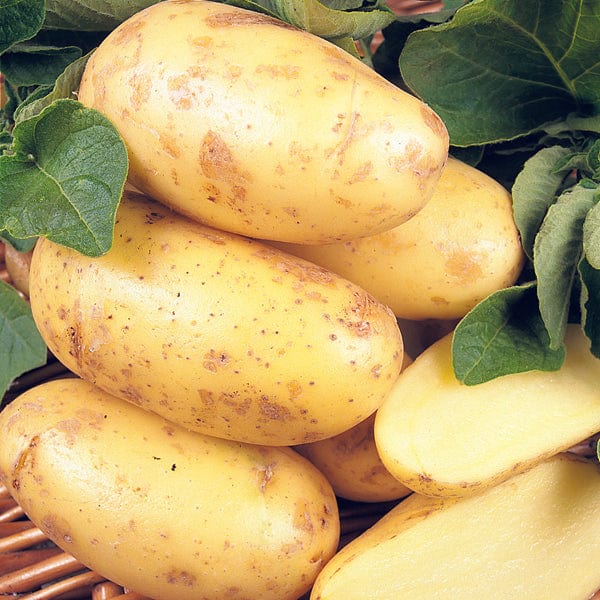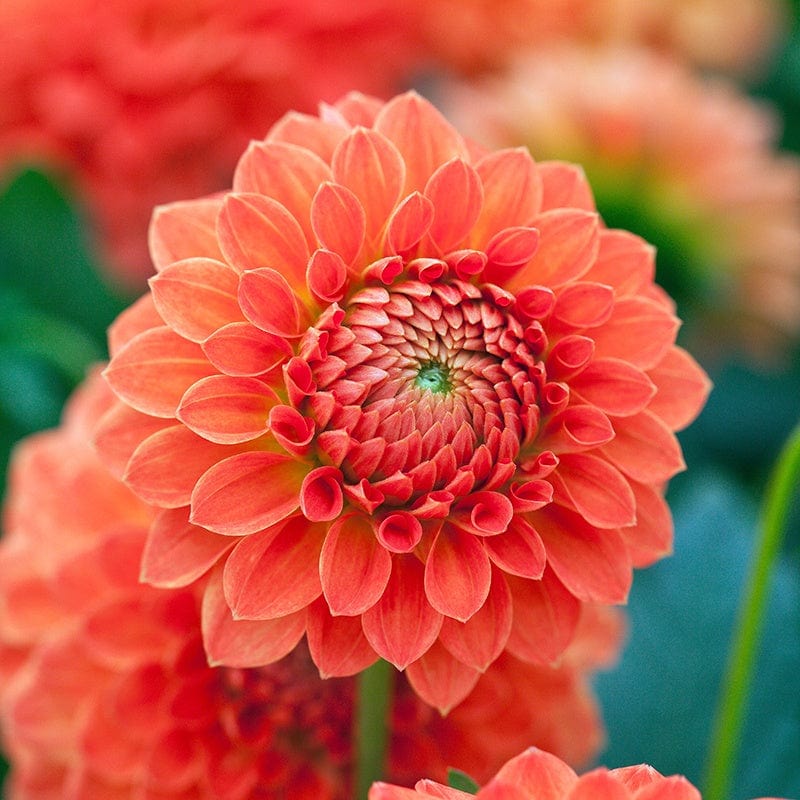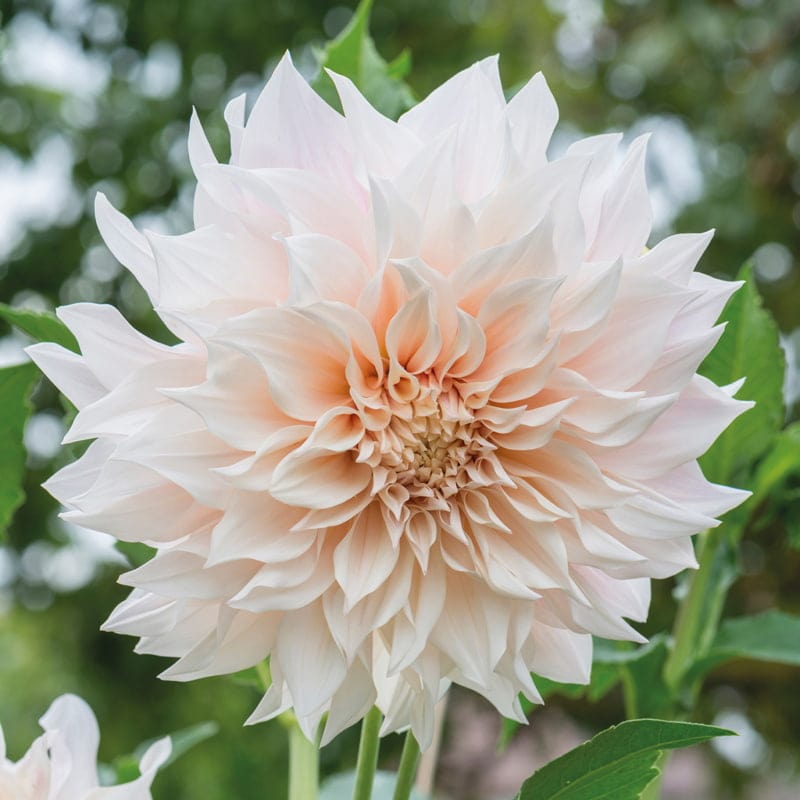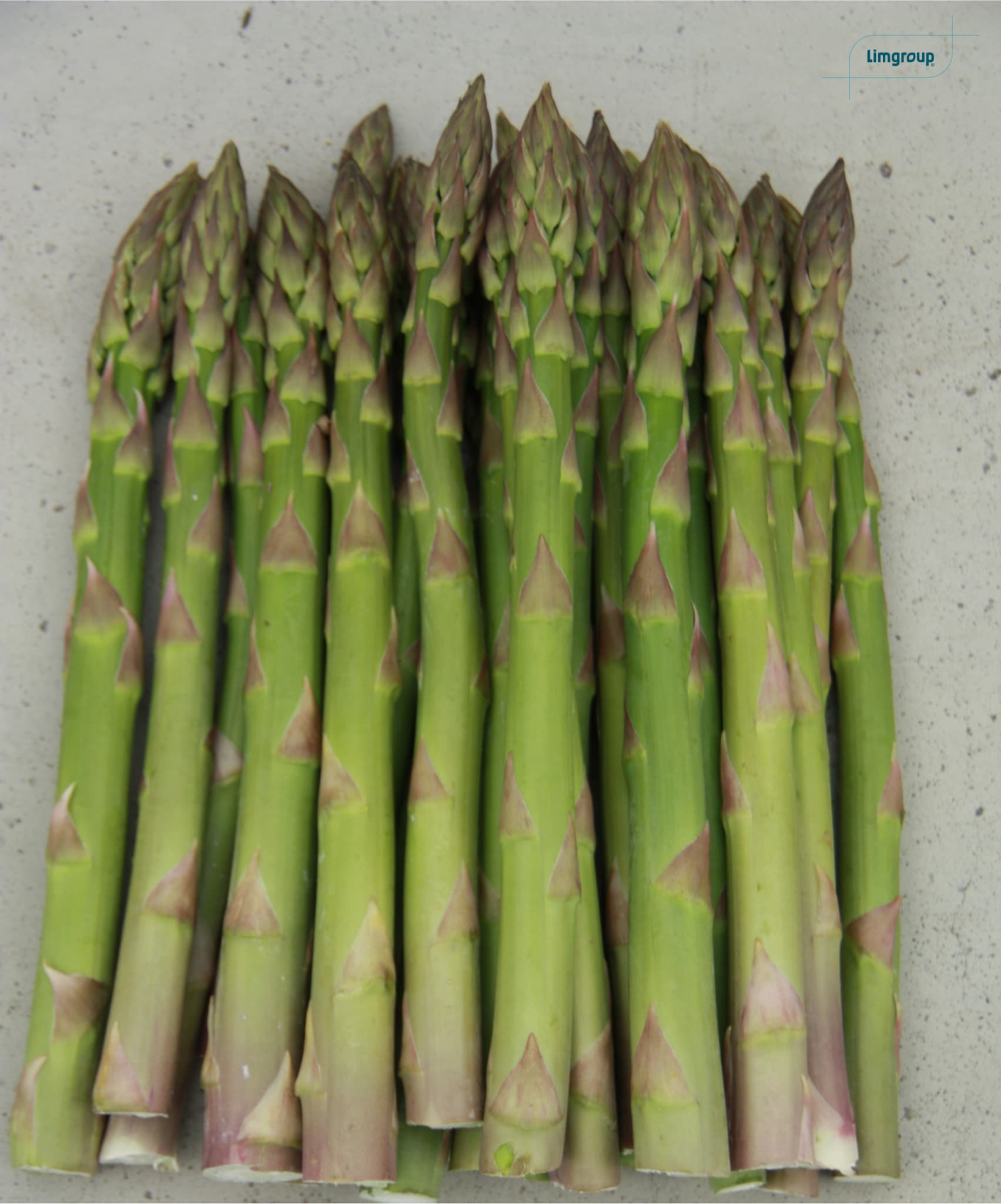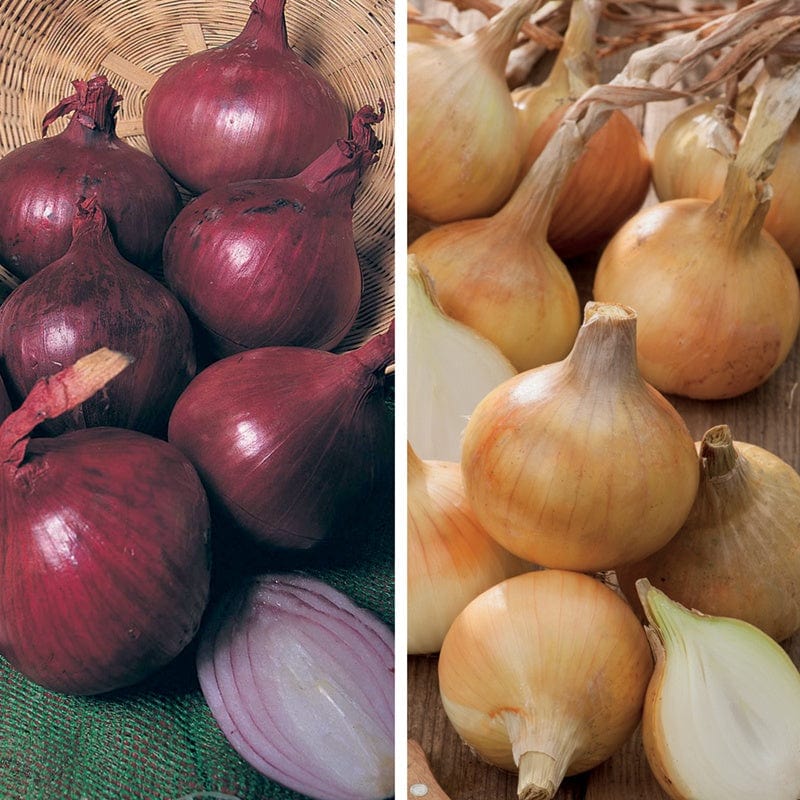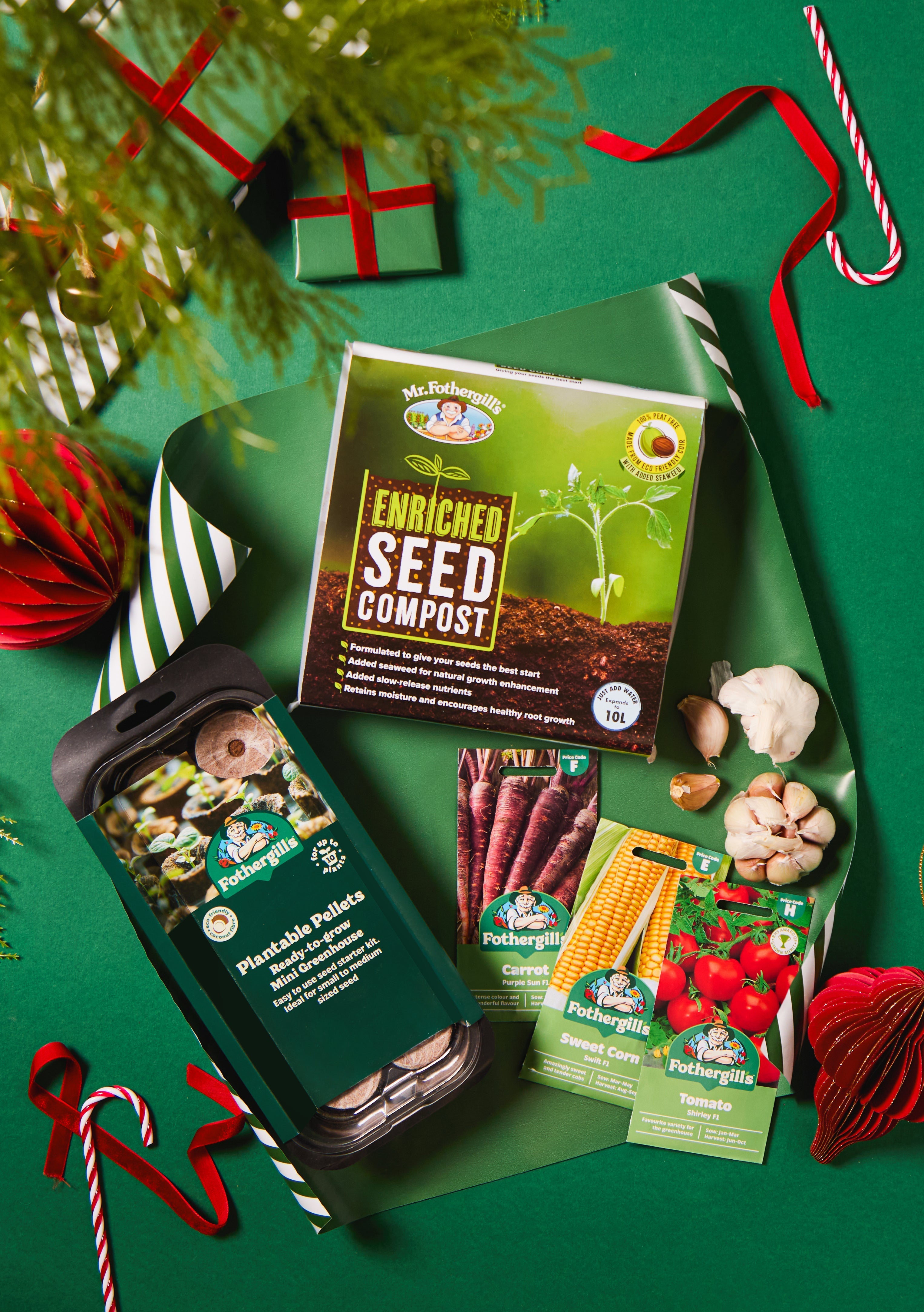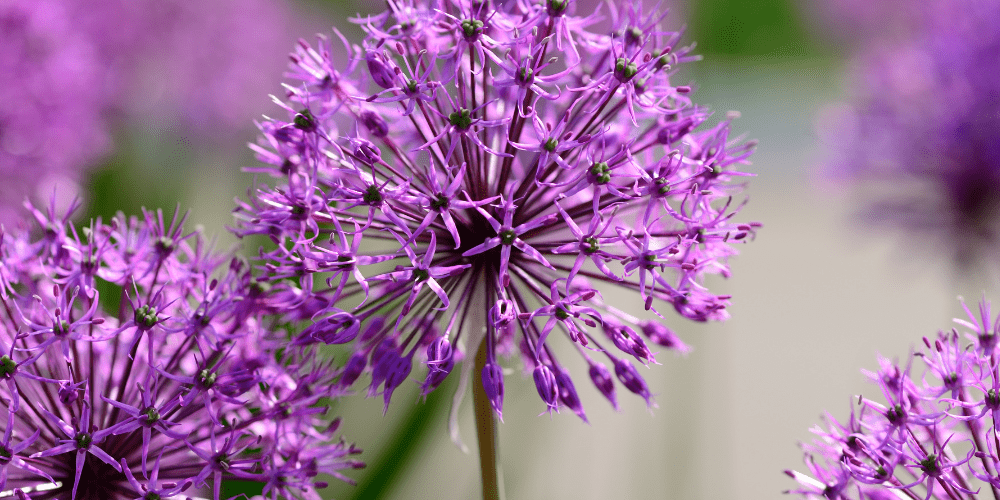If you’re looking to add bursts of colour to your family gardens, shrub plants are a fantastic way to brighten up your displays! Not only are they extremely low maintenance, but they often flower for an extended period of time and are hard to beat when it comes to pure visual impact.
Those with smaller garden spaces or gardens already packed to the brim with flower plants may be put off by the thought of giving up a large amount of space to flowering shrubs, but worry not - that can be easily avoided! There are some fantastic, compact shrubs available that produce the most incredible floral displays despite their smaller size. But that’s not all; they look just as good in containers or patio pots.
Here at Fothergill’s, we’ve got plenty of recommendations of shrubs for small gardens for you to choose from, so keep reading our guide to find out!
Hydrangeas
Nothing quite compares to the wow factor of happy hydrangeas in full bloom, so we’ve got two kinds of hydrangea plants to recommend.
One of the most important things to know about hydrangeas is that they need plenty of water to thrive. Dry sandy soil will need lots of well-rotted organic matter added to hold moisture and a thick mulch around the base of plants to retain it. Large containers are a good option, but regular watering will be essential, especially in hot, dry summers when it may be needed daily.
Hydrangea Runaway Bride
Let’s start with ‘Hydrangea Runaway Bride.’ A runaway success story, this sensational compact hydrangea produces an incredible, long-lasting show of crisp, pure white flowers. So far, these popular shrubs have only ever bloomed at the ends of the stems. This rather special variety, however, flowers all along its branches with up to 20 flower heads on each stem, resulting in beautiful garlands of flowers.

- Mature size: Up to 1.2m (4’) if left unpruned.
- Care: Hard pruning in spring is not appropriate for these, as the growth of its flower buds begins the previous summer and autumn at the end of mature stems. Therefore, pruning should be done with a light touch and preferably straight after flowering.
Hydrangea Paniculata Little Fresco
The other popular sort of Hydrangea, ‘Little Fresco’, is a very special dwarf variety that really must not be overlooked! It’s been specially bred for containers and smaller spaces but with all the impressive flower power associated with this type of hydrangea.

- Mature size: Up to 70cm (28") if left unpruned.
- Care: These shrubs are low-maintenance but benefit from occasional hard pruning in spring. Although not essential, pruning stems back to just a few remaining buds will ensure plants remain compact and able to grow new shoots.
Buddleja Tutti Frutti
We all know and love the incredible butterfly-attracting powers of a buddleja plant, often called the ‘butterfly bush’. But unlike the more usual, thuggish large varieties, which can easily take over a small mixed border, this wonderfully well-behaved, compact 'Buddleja Tutti Frutti' only grows to a neat and compact 60-70cm (24-28”) tall.
Reliable and easy to grow, with its luminously bright fuchsia-pink flower spikes, this is a stunning yet exceptionally well-behaved, versatile little shrub, ideal for any size planting scheme, patio borders, and containers. Whilst not quite small evergreen shrubs, buddleja tend to be semi-evergreen.

- Mature size: Up to 60-70cm (24-28”) if left unpruned.
- Care: Prefers full sun and fertile soil but will grow in most conditions. It is drought tolerant and very handy for container growing. Cut back to maintain shape in early spring; flowers are produced on new seasons' growth.
Small Evergreen Shrubs
Unlike the varieties mentioned previously, small evergreen shrubs are known for keeping their leaves all year round and are a popular choice amongst gardeners keen to keep their gardens looking bright and healthy year-round. But what small evergreen shrubs do we recommend growing?
Convolvulus
Invaluable in providing the year-round structure, Convolvulus cneorum is a multi-faceted evergreen shrub with silvery leaves, large white trumpet-shaped flowers and an attractive rounded habit. To find an evergreen with the magnificent floral displays of Convolvulus cneorum, also known as ‘Silverbush’, is actually quite rare - which is why we just had to recommend it!
- Mature size: Up to 90cm (3’) if left unpruned.
- Care: Regular deadheading will greatly extend the flowering period of this free-flowering shrub. It will eventually grow to a useful 90cm (3') tall but can easily be pruned after flowering to remain more compact for containers and patio borders. Simply trim off the dead flower heads and up to a third of the new growth, focusing on any parts spoiling the plant's neat, rounded shape.
Shop Shrubs for Small Gardens at Fothergill’s
Now that we’ve given you some pointers on the best shrubs for small gardens, it’s time to start ordering. Whether you’re after small evergreen shrubs or have something else in mind, you’ll find plenty of options at Fothergill’s.
For more ideas, take a look at our growing help and advice blog or get in touch with us today.












